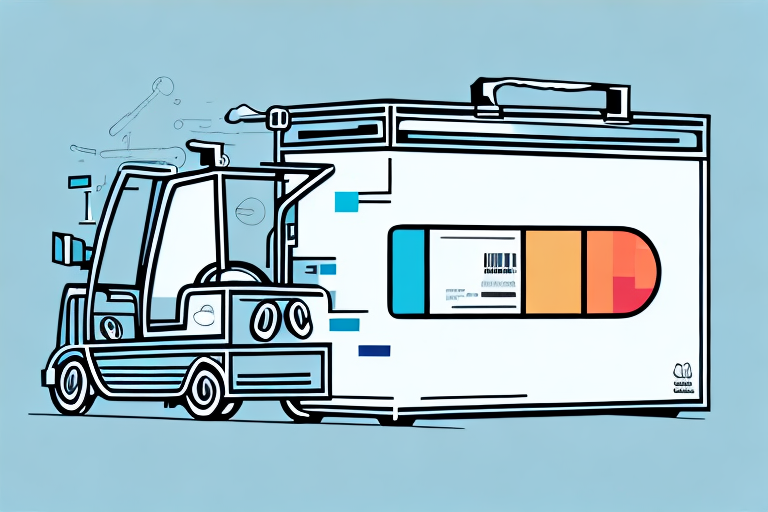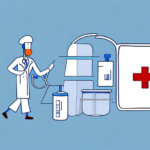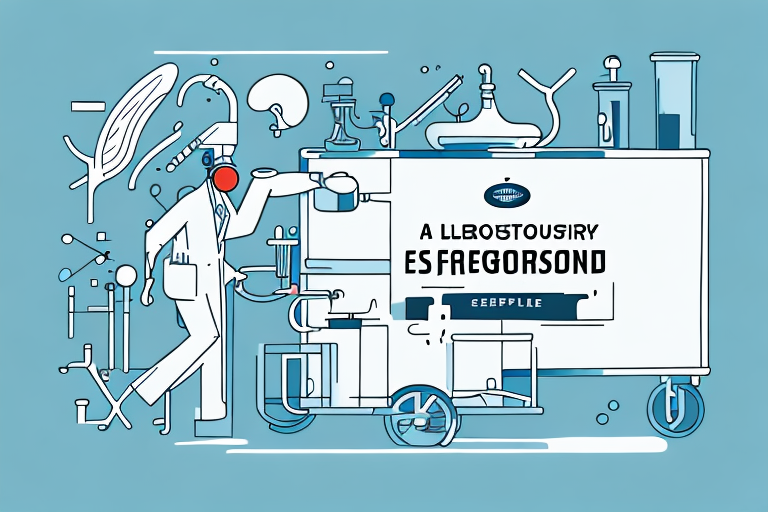Ensuring Safe and Accurate Transportation of Lab Specimens
Transporting lab specimens is a critical component of the healthcare industry. Lab specimens are vital for diagnostic purposes, and the accuracy of test results is dependent on the quality of the specimen. Ensuring safe transportation involves appropriate packaging, proper labeling, and meticulous documentation. This article delves into the key aspects of transporting lab specimens, providing comprehensive tips to maintain quality and accuracy throughout the process.
The Critical Importance of Proper Specimen Transportation
Impact on Medical Diagnoses
The integrity of lab specimens directly influences the accuracy of medical diagnoses. According to a CDC report, improper handling can lead to sample degradation or contamination, resulting in inaccurate test results. Such inaccuracies can lead to misdiagnosis, inappropriate treatments, and adverse patient outcomes.
Financial Implications
Improper transportation can have significant financial repercussions. Inaccurate test results may necessitate additional tests or treatments, increasing healthcare costs. Moreover, mishandled specimens often require recollection, incurring further expenses and resource utilization.
Risks of Improper Lab Specimen Transport
Contamination and Degradation
Specimens exposed to unfavorable conditions, such as inappropriate temperatures or prolonged transit times, are susceptible to contamination and degradation. For instance, a study published in the Journal of Clinical Microbiology found that improper temperature control during transport significantly reduced the viability of bacterial samples, compromising diagnostic accuracy.
Biohazard and Safety Risks
Mishandled specimens can pose biohazard risks, potentially exposing healthcare workers and the public to infectious agents. Adhering to safety protocols is essential to prevent such hazards.
Legal Requirements and Compliance
Regulatory Guidelines
Transporting lab specimens involves compliance with various regulatory guidelines, including those set by the U.S. Department of Health & Human Services (HHS) and the International Air Transport Association (IATA). These guidelines dictate specific requirements for packaging, labeling, and documentation to ensure safe and lawful transportation.
Consequences of Non-Compliance
Failure to adhere to legal requirements can result in hefty fines, legal action, and damage to the healthcare provider’s reputation. It is imperative to stay informed about current regulations and ensure all transport protocols meet or exceed these standards.
Best Practices for Safe Specimen Transport
Preparation of Specimens
Proper preparation includes accurate labeling with patient information, type of specimen, and required tests. Utilizing leak-proof containers and ensuring that biohazard symbols are prominently displayed are essential steps in preventing contamination and ensuring safety.
Choosing Appropriate Packaging and Materials
Selecting the right packaging materials is crucial. Containers should be durable and capable of maintaining required temperature conditions. For temperature-sensitive specimens, insulated packaging with cooling agents like dry ice may be necessary. Refer to the Pipeline and Hazardous Materials Safety Administration (PHMSA) for detailed packaging guidelines.
Temperature Control
Maintaining appropriate temperatures is vital for preserving specimen integrity. Implementing temperature-monitoring devices and using insulated carriers can help maintain the required conditions throughout transport.
Leveraging Technology for Enhanced Transport Safety
Monitoring and Tracking Systems
Advanced technologies such as GPS tracking and real-time temperature monitoring systems provide visibility into the transport process, ensuring that specimens are maintained under optimal conditions. Studies have shown that such technologies reduce the incidence of sample degradation by up to 30%.
Electronic Documentation
Utilizing electronic documentation systems streamlines the tracking of specimens, reduces human error, and ensures that all necessary information is accurately recorded and easily accessible.
Training and Quality Control Measures
Staff Training
Comprehensive training programs for staff involved in specimen transport are essential. Training should cover handling procedures, emergency protocols, and regulatory compliance to minimize errors and enhance safety.
Regular Audits and Quality Checks
Conducting regular audits and quality control checks helps identify potential weaknesses in transport protocols. These measures ensure continuous improvement and adherence to best practices, as highlighted in guidelines by the CDC Laboratory Standards.
Conclusion
Safe and accurate transportation of lab specimens is paramount in the healthcare industry, directly impacting diagnostic accuracy and patient care. By adhering to best practices, leveraging technology, and ensuring rigorous training and quality control, healthcare providers can maintain specimen integrity during transport. Compliance with legal regulations and continuous improvement through regular audits further solidify the reliability and safety of lab specimen transportation processes.




















